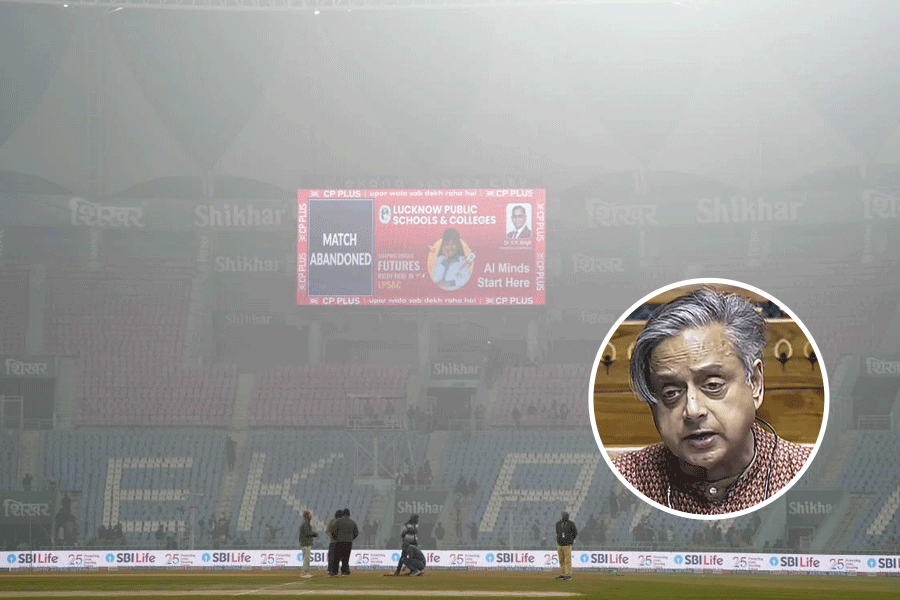Recently, a private bank announced a floating-rate fixed deposit. It’s not the first bank to launch such a product. But there aren’t many banks offering this option.
Normally, fixed deposit rates are set for the duration of the deposit. But with a floating rate, the deposits adjust automatically to the market.
In a rising rate, inflationary scenario, such a product helps depositors.
These FDs don’t have to lock-in to a low rate or time the markets for higher yields. The deposit will automatically adjust to market rates. Let’s take a deeper look.
Why these deposits?
Fixed deposit rates have broadly remained flat over the last three months. The Reserve Bank of India has hiked the benchmark repo rate by 90 basis points in May and June, taking it to 4.90.
Loans benchmarked to the repo rate have become costlier. But deposit rates have barely moved.
The increase since April in bank deposit rates is less than 50 basis points in most cases. Banks are seen to be cash-rich still.
They may not need to pay a higher cost of funds to depositors at this point. This is of concern to depositors reliant on interest income.
Inflation and negative real returns on their deposits have hurt them.
Hence, a fixed deposit automatically increases their rate with the benchmark rate helps them automatically get higher returns.
The products on offer
There are currently two leading banks advertising floating rate FDs. One advertises a Floating Rate Term Deposit. Its interest rate is benchmarked to the average yield of the 91-day Treasury Bill in the preceding quarter. It resets once every calendar quarter on April 1, July 1, and so on.
For this quarter, its anchor rate is 4.60, with a premium ranging from 10 to 50 basis points. Its one-to-three-year floating rate FDs are thus at 5.10.
Another private bank recently launched an FD benchmarked to the repo rate.
It offers a premium of 110 to 160 basis points over the repo rate, giving it a rate of 6.00 to 6.50 on tenors of 12-18 months and 18 to 36 months, respectively.
Both banks offer a 50 basis points premium to senior citizens. You can start depositing with as little as Rs 10,000 and both banks also give you the option of an overdraft against the FD.
How they compare
Floating rate FDs may be a discount to regular FDs. The first bank on the same tenors offers 5 to 50 basis points higher for regular FDs for the 1-3 years tenors. But with the other bank, the floating rate FD rates are at par with the regular rates for the same tenors. This is a good opportunity for depositors.
Not only are the depositors getting an above-average rate, but they will also benefit from repo rate hikes.
The scenario is poised for repo rate hikes. Experts believe it may inch towards 6.00 this financial year if inflationary pressures persist.
When to buy
This much is clear that these products help you the most when rates are rising. At a time such as this when regular FD rates are stuck, a floating rate FD helps manage some of the depositor’s anxieties about yields. But when the rates are falling, that’s when you’d like to avoid floating rate FDs and lock-in to the best available rates on regular FDs. That will provide you protection against falling rates.
In the past when the repo was as high as 8.00, we’ve seen deposit rates exceed 8.50. If deposit rates do exceed 7.00 in the near future, that’s when you may want to lock in for the long term with a regular FD.
In the current scenario, there are other floating rate debt investments that can be availed.
The long-term small savings schemes (PPF and Sukanya Samriddhi) have adjustable rates that are expected to increase now.
There’s the RBI floating rate bond currently yielding 7.15. But these have much longer maturity durations than an FD and are, therefore, not as liquid.
Beyond all these options, if the low-interest rates are beginning to hurt your yields, you may want to have a carefully calibrated exposure to corporate deposits and bonds where yields are beginning to exceed 8.00 for AAA-rated securities and 10.00 for AA-rated ones.
The writer is CEO, BankBazaar.com










